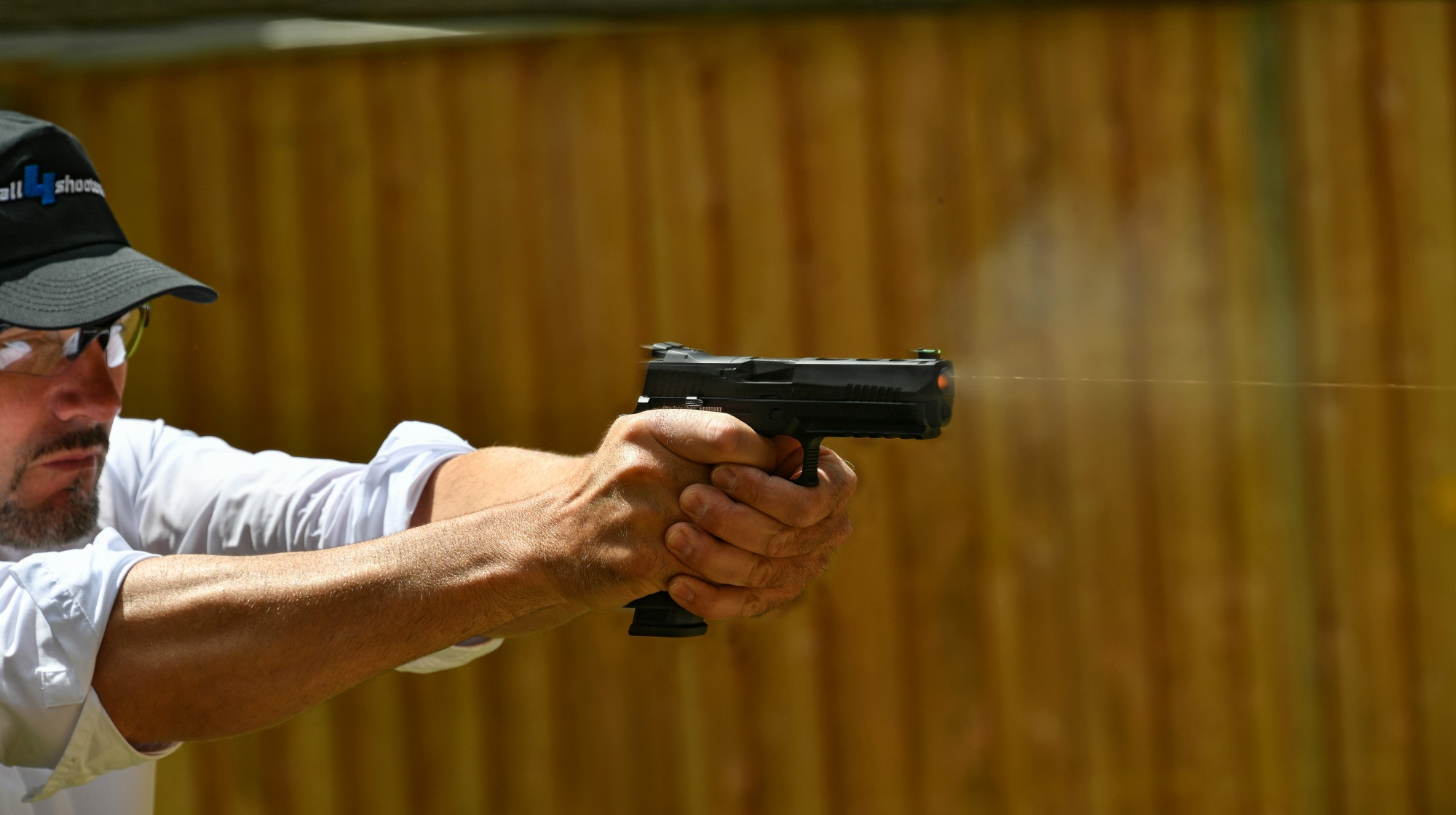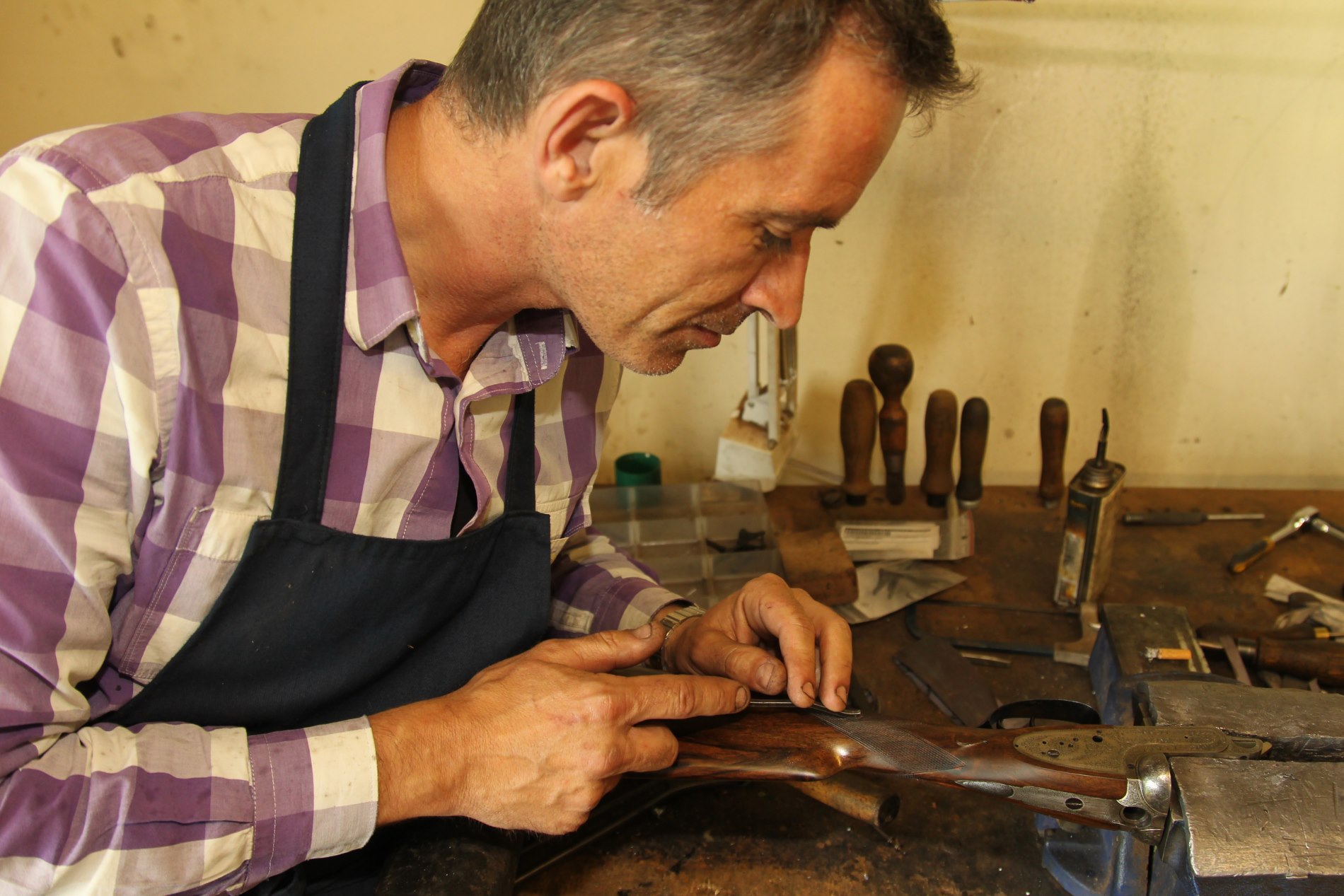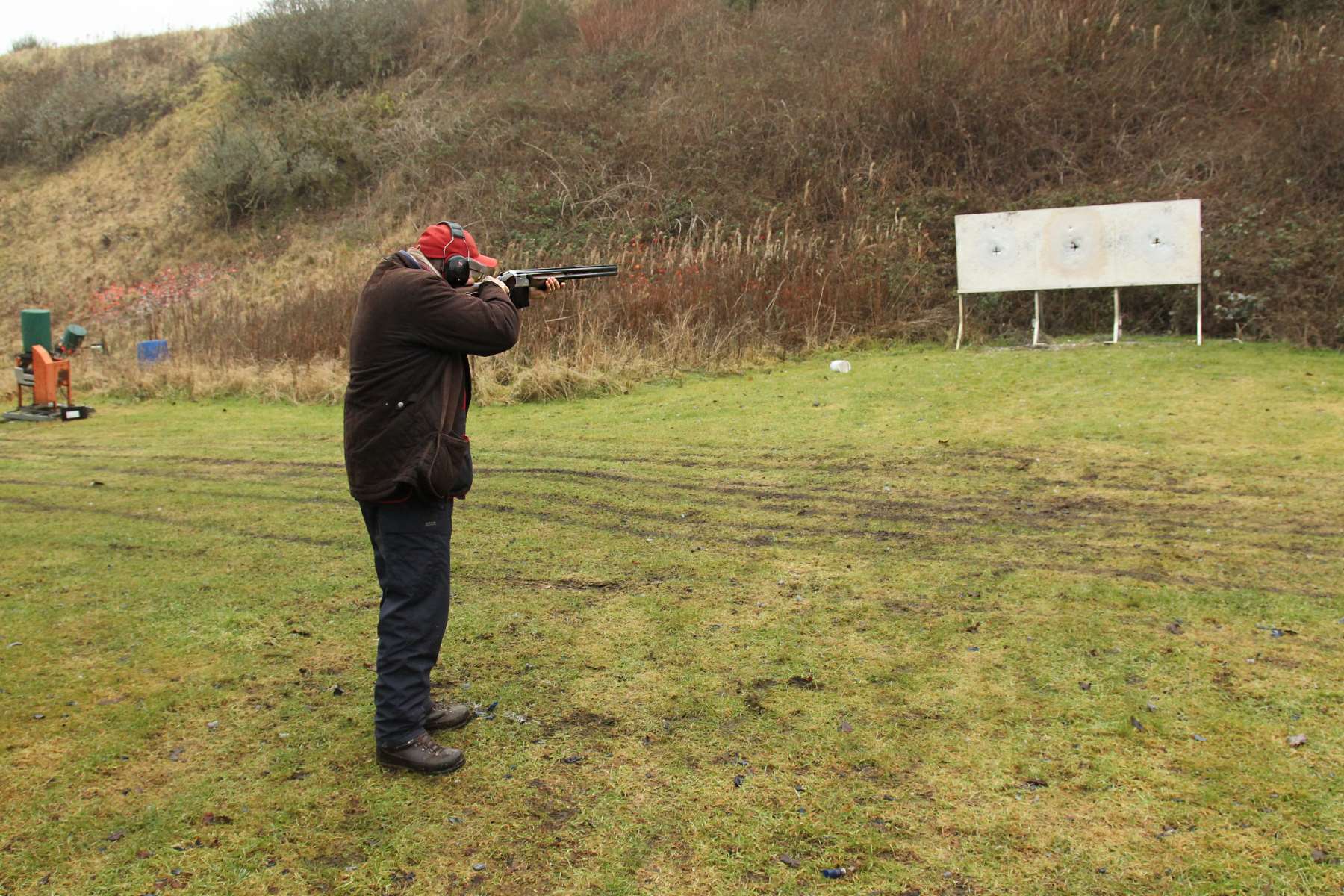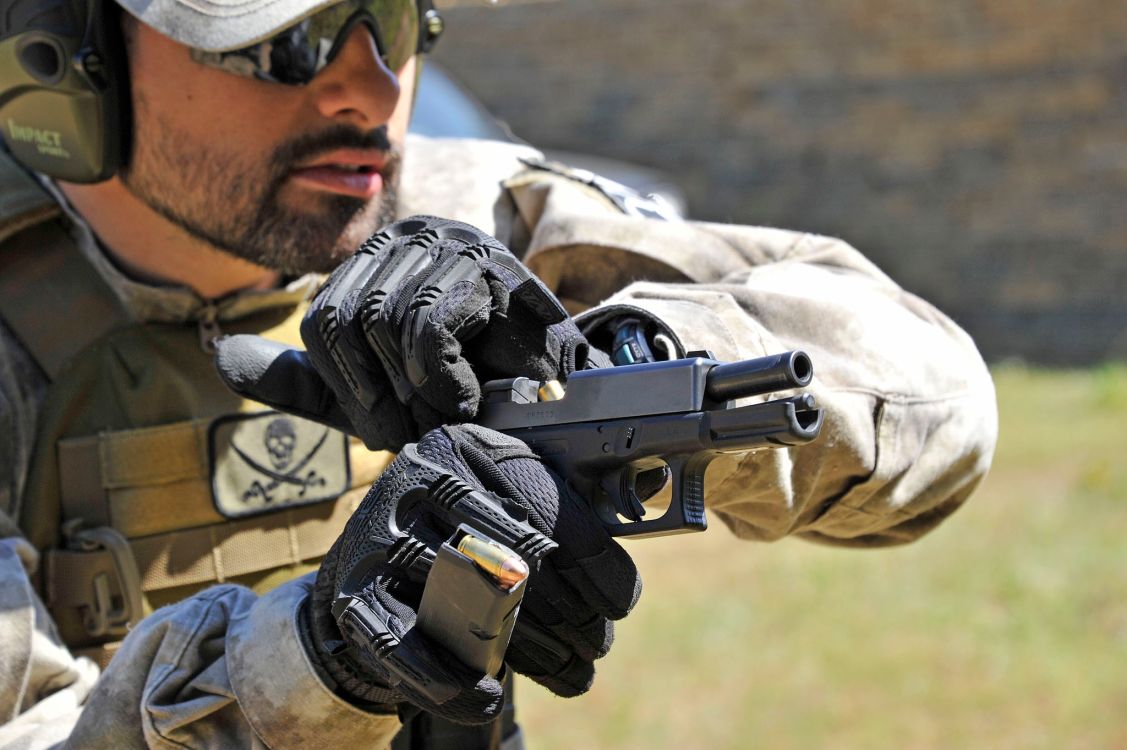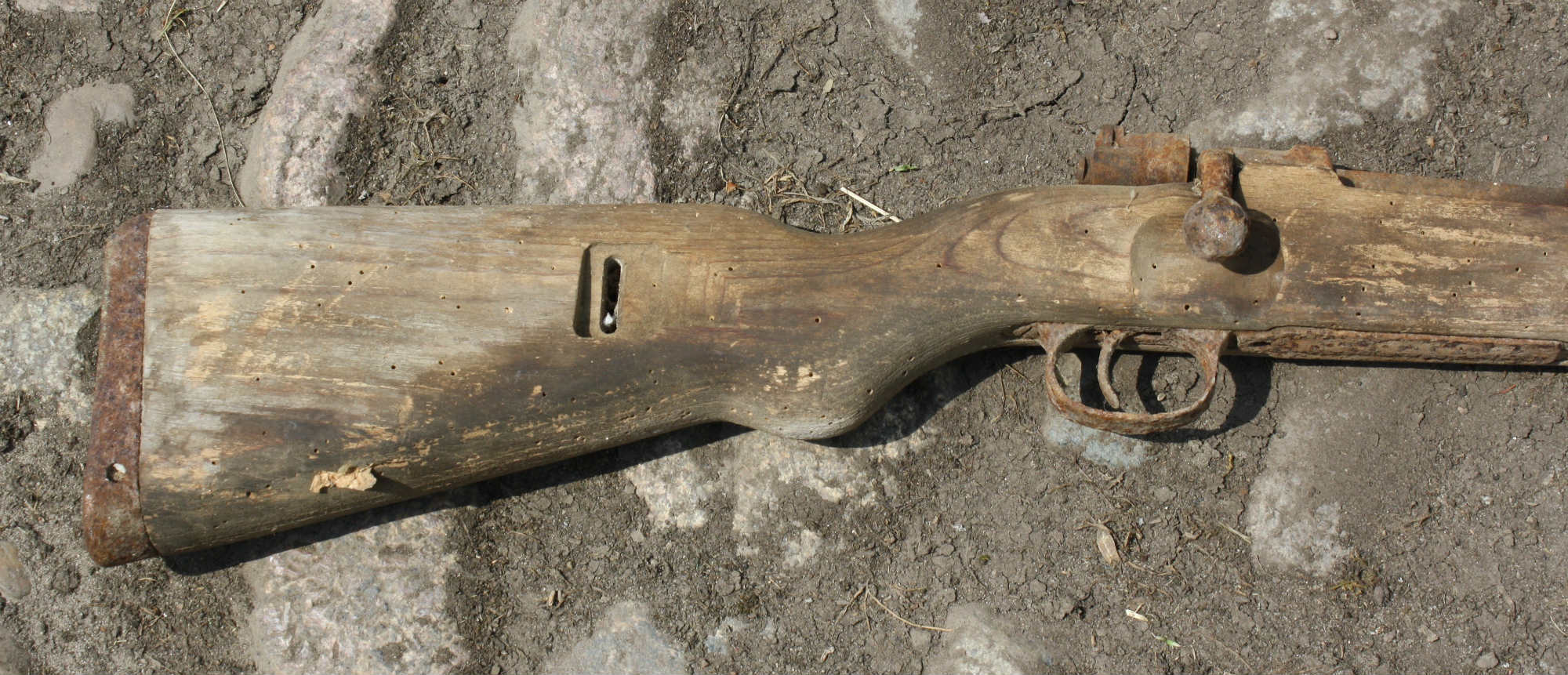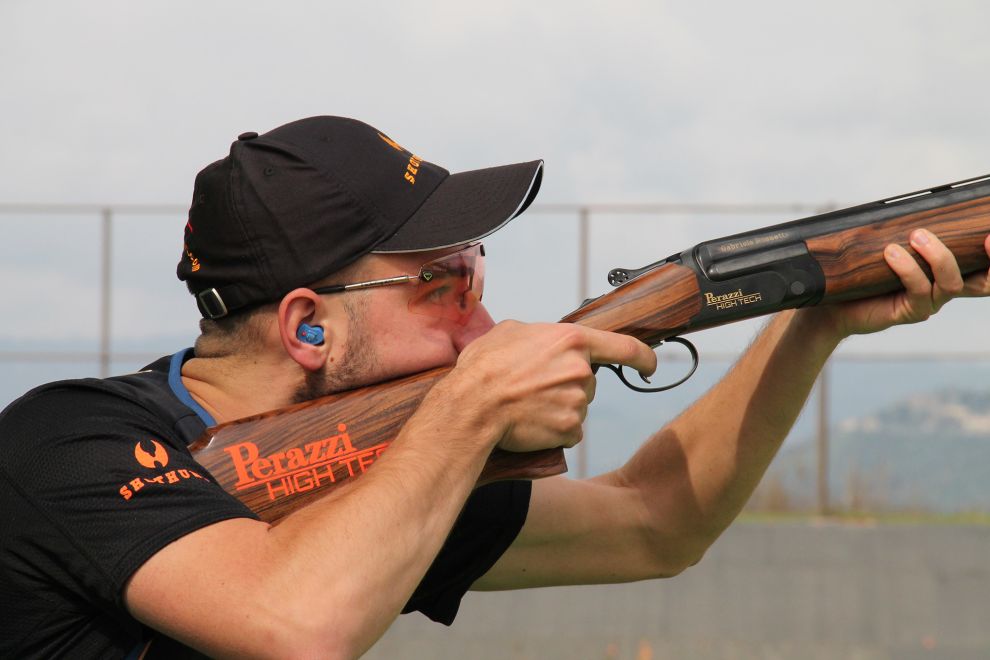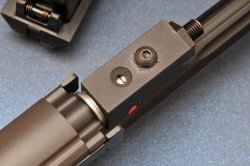
When a cartridge is fired, the exploding powder produces a huge amount of gas, which fires the bullet or shot down the barrel and along the projectile's trajectory. The amount of gas produced is much more than that needed as a propellant, so much so that some systems (muzzle boosters) use excess gas to operate. If there is a lot of excess gas, you can use just part of it without detracting from the weapon’s performance. Sin some short arms like pistols, we have a “gas block” in which a portion of the gas goes into a specific chamber creating a force that opposes the recoil of the bolt, producing a metastable closing action.
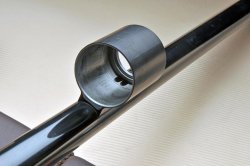
So how does a semiautomatic gas system work? It's main feature is a gas port, which can be anywhere along the barrel although if it’s too near the chamber, because the gas is extremely hot and at its maximum pressure, the weapon won’t have a long service life unless specific steps are taken to prevent progressive corrosion around the edges of the port, which will increase in diameter over time. The gas from the port acts on the bolt carrier.
This can be a direct impingement system, such as that used on the AR15 rifle, or it can act on a piston that hits the bolt-carrier (short-stroke piston) or a system of rods that move the bolt-carrier and follow it along its entire stroke (long-stroke piston). The latter system is normally used on semiautomatic hunting rifles.
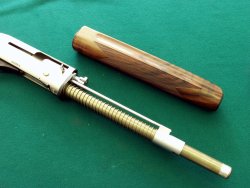
The rod system is moved by the effect of the gas expanding and pushes the bolt-carrier back, away from the bolt keyed into the barrel extension by a pin.
In the case of the rotary head bolt, the retrograde movement makes an element connected to the head slide in a specifically shaped port, rotating the head and releasing the tenons from the grooves that house them.

Generally speaking, the problem is that the amount of gas going through the gas port is directly proportional to the power of the cartridge, whilst the action needed on the bolt carrier must always be identical.
This means a gas regulator has to be used to prevent too violent an action, which could end up destroying the weapon.
The regulator, commonly called a gas block, usually consists of an element with two internal diameters, which is adjusted on the basis of whether firing normal or more powerful cartridges, and limits the amount of gas that goes through the gas ports.
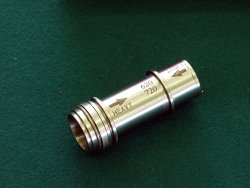
The excess gas is dispersed inside the rod; the expansion helps cool the parts.
An elegant solution has been found by an Italian manufacturer; an elastomer sleeve which is compressed by a sliding gas-actuated element.
Depending on the compression force, which is directly proportional to the volume of the gas and therefore to the power of the cartridge, the sleeve expands to a greater or lesser extent, and thus produces more or less friction between the moving and fixed parts.
The elastomer has a very long life, and doesn't need you to adjust it before you leave home, as it is self-adjusting by design. If the elastomer does wear out after intense use over time it can be replaced by a new sleeve cheaply, at the cost of about 1 euro.





